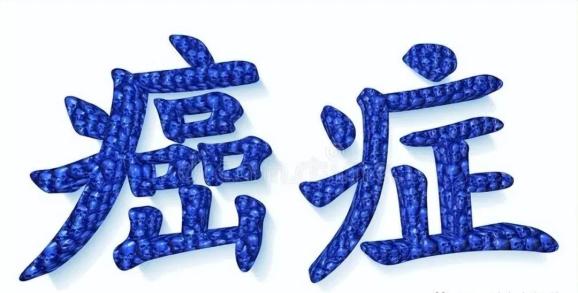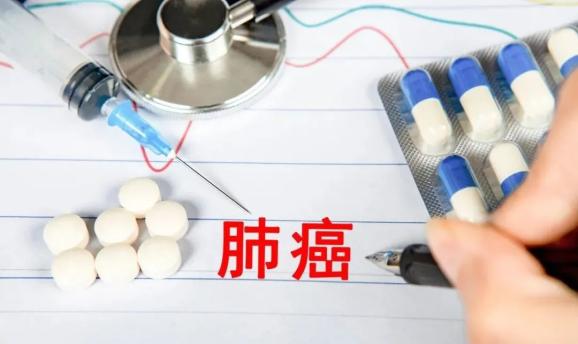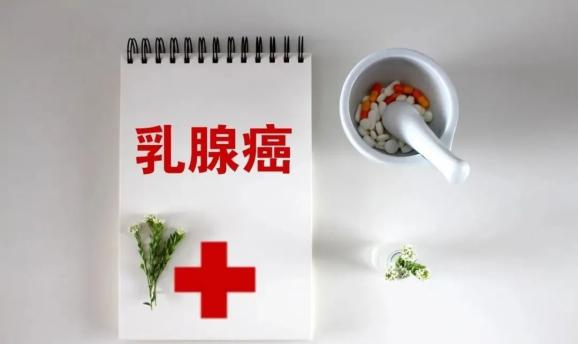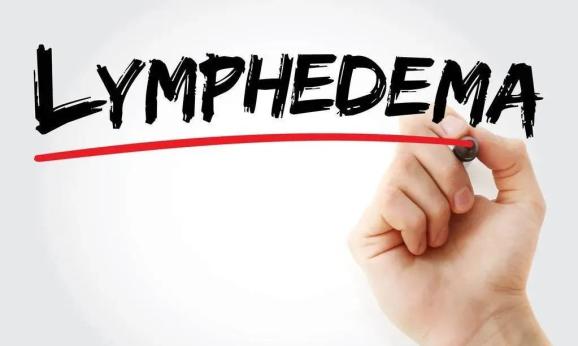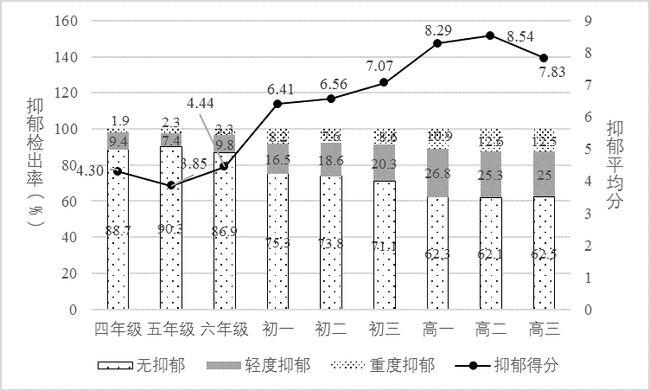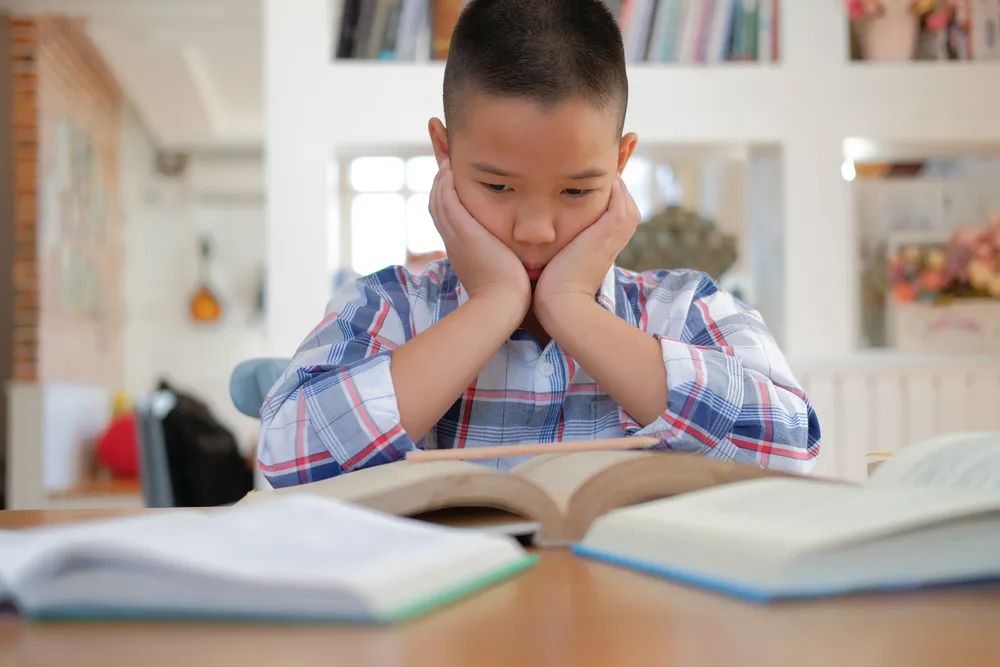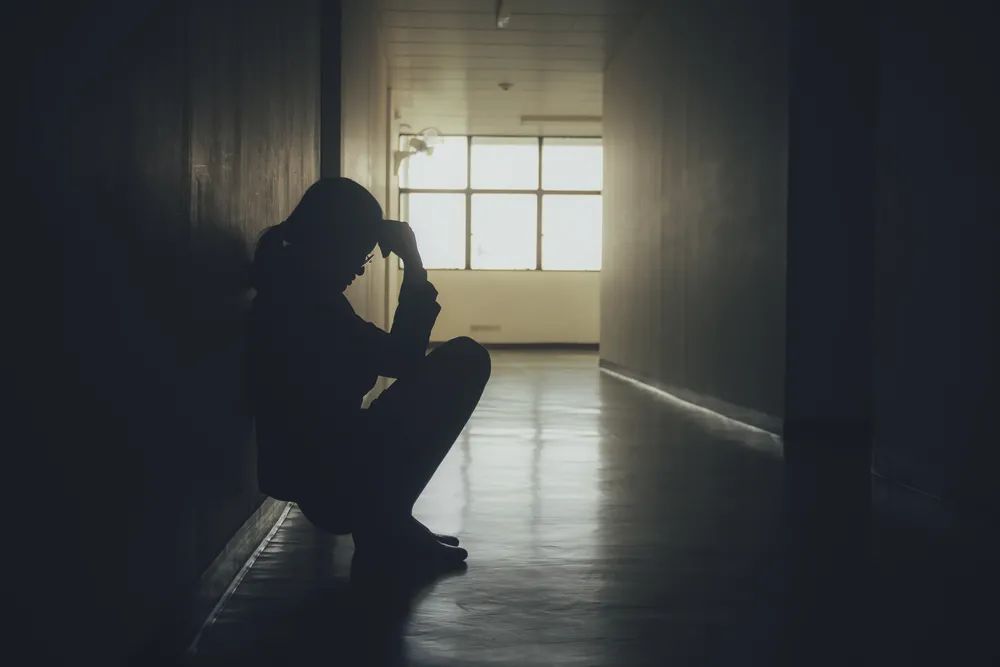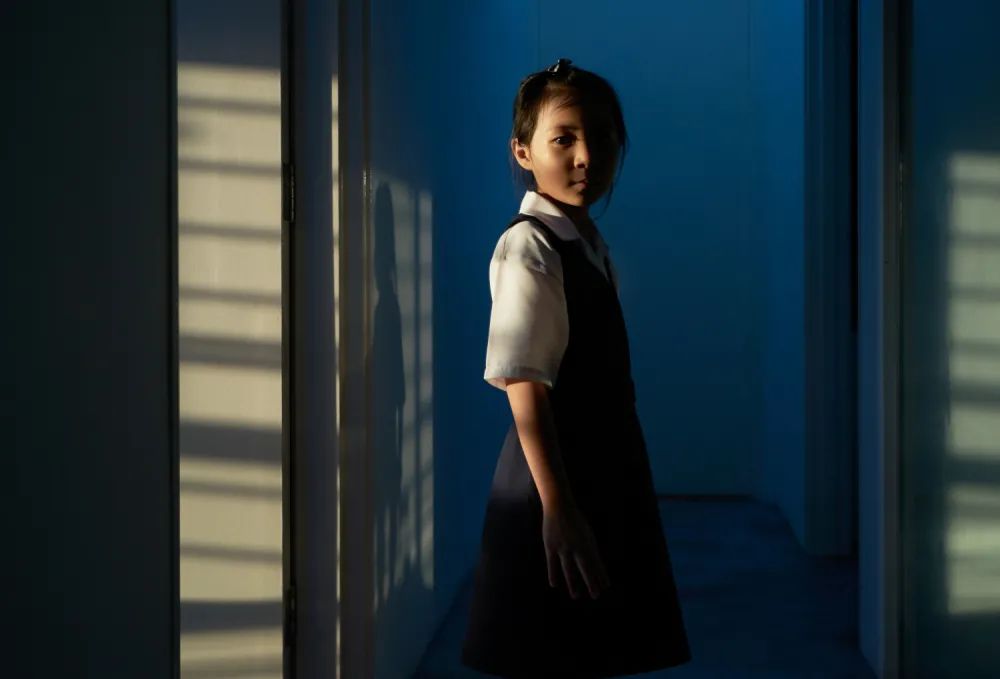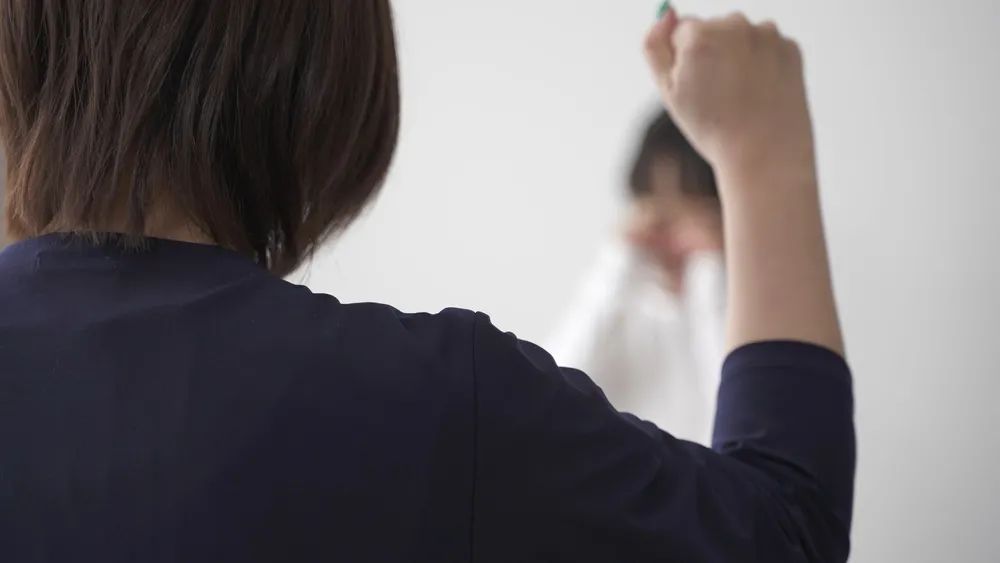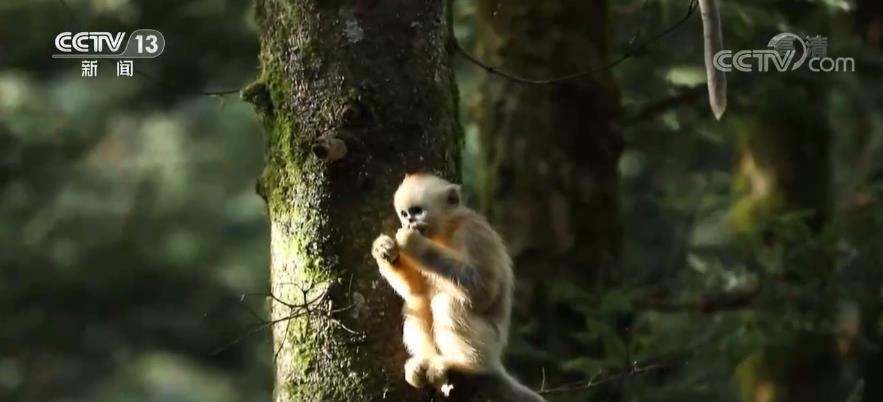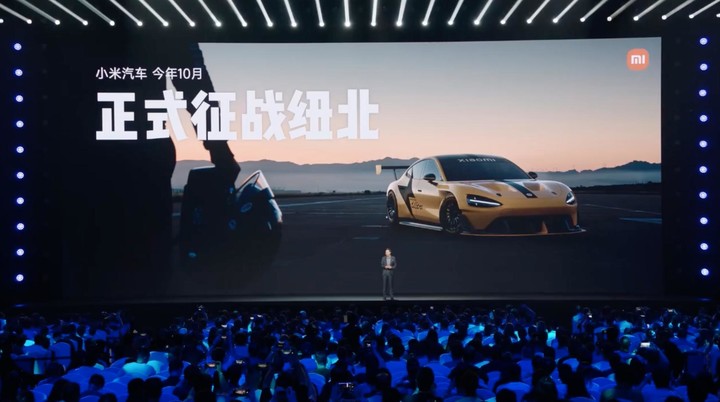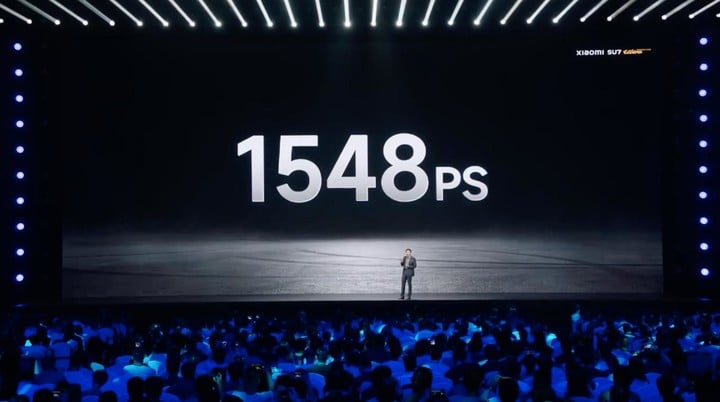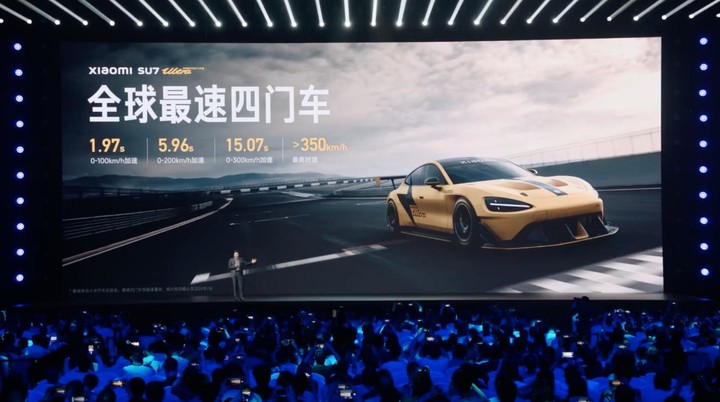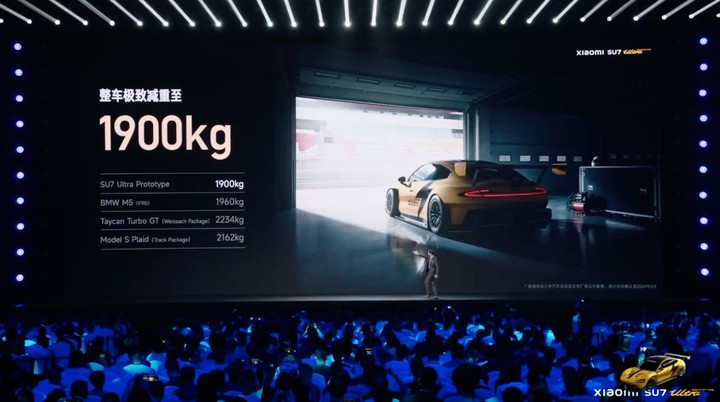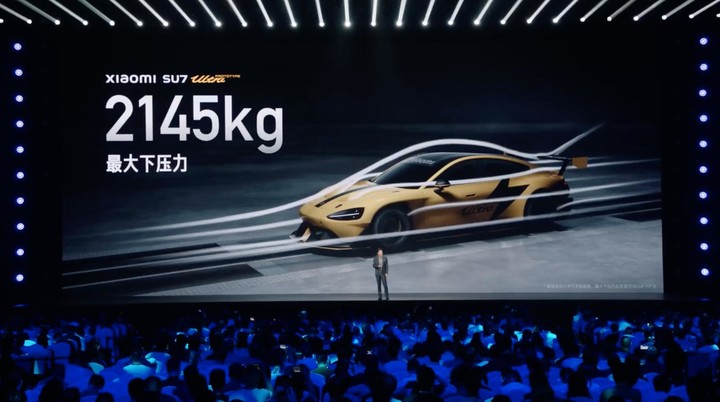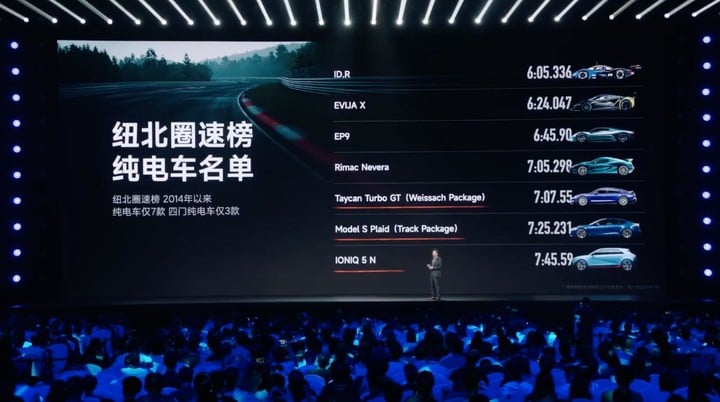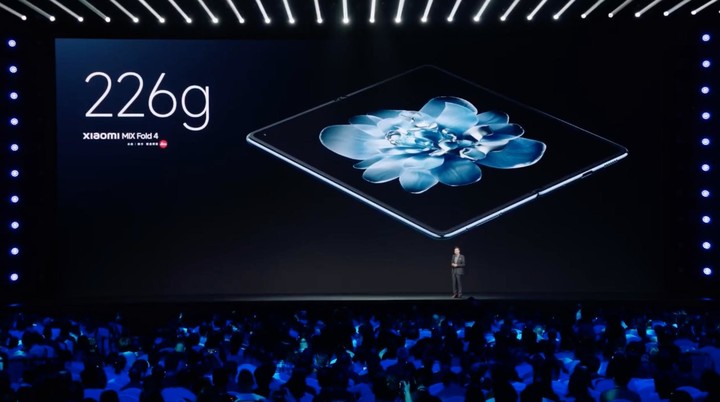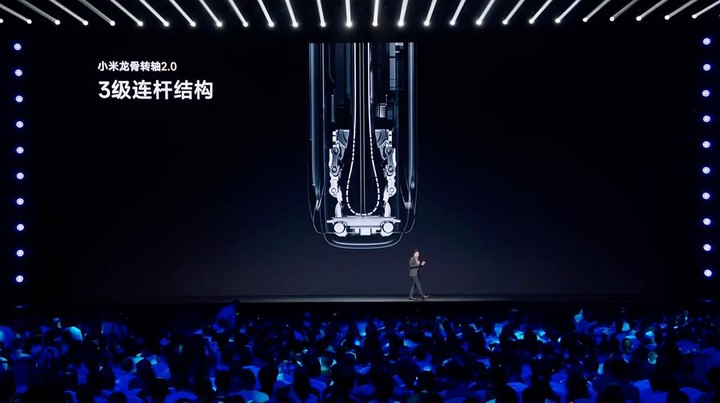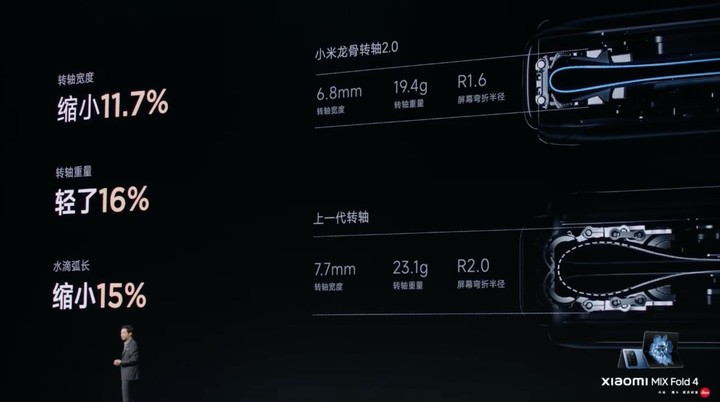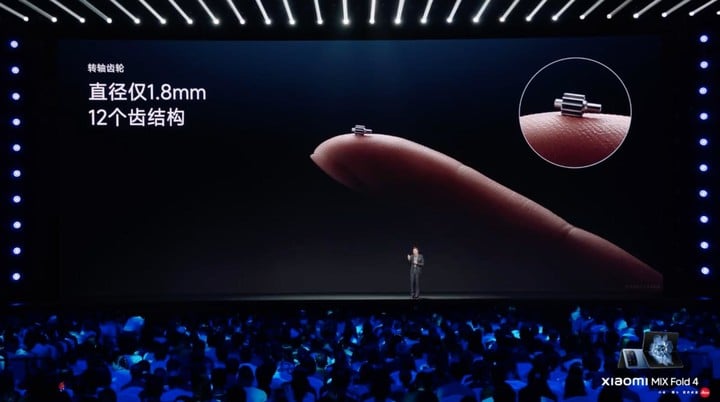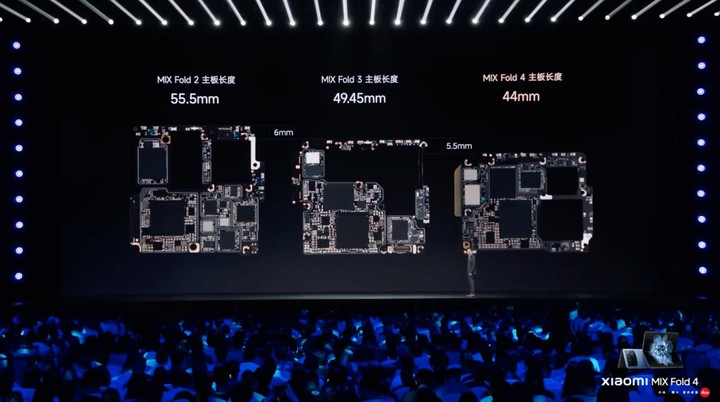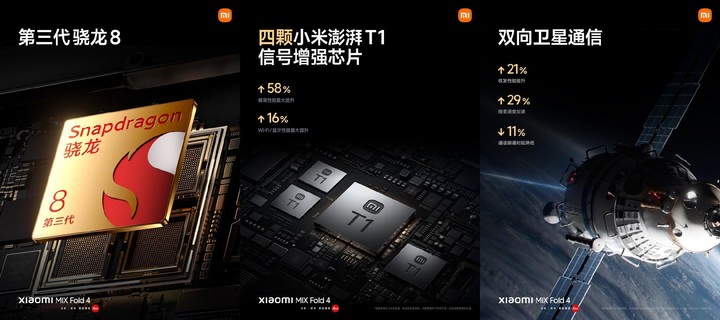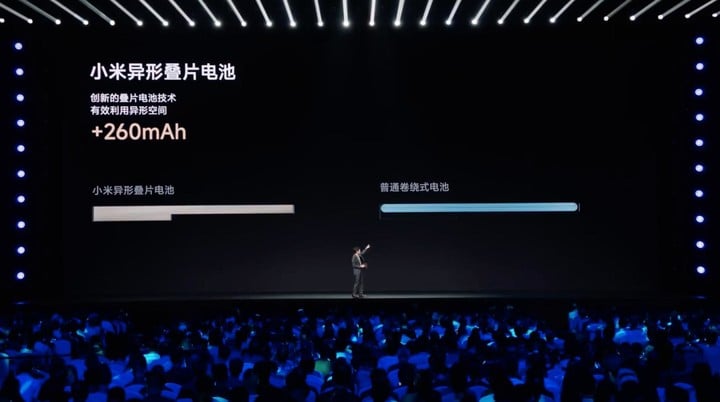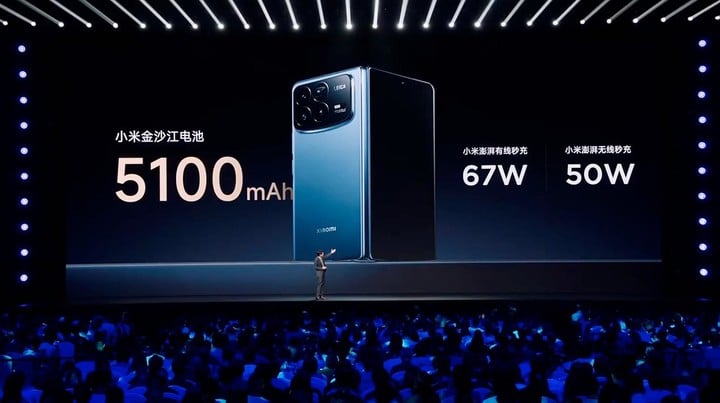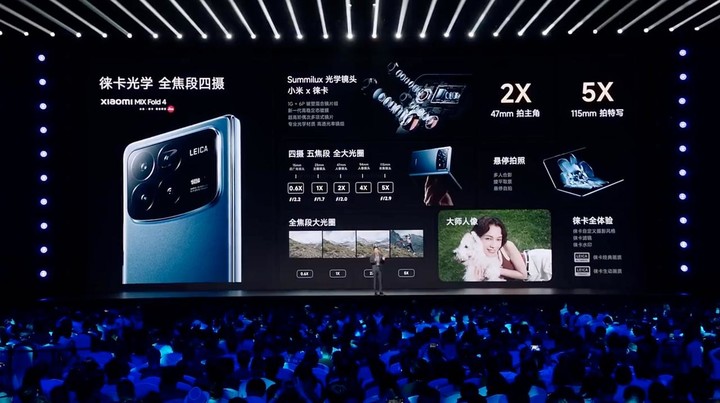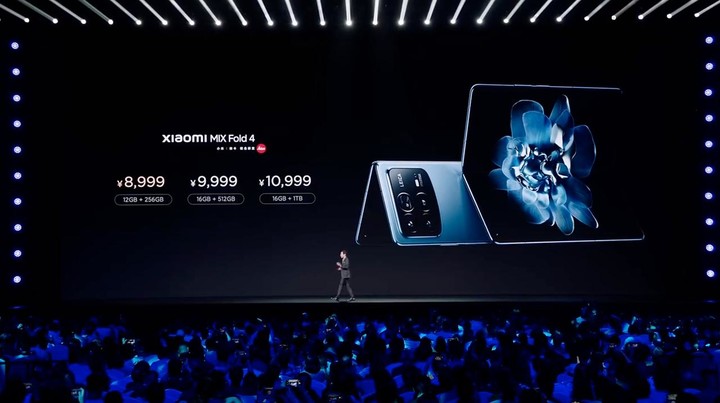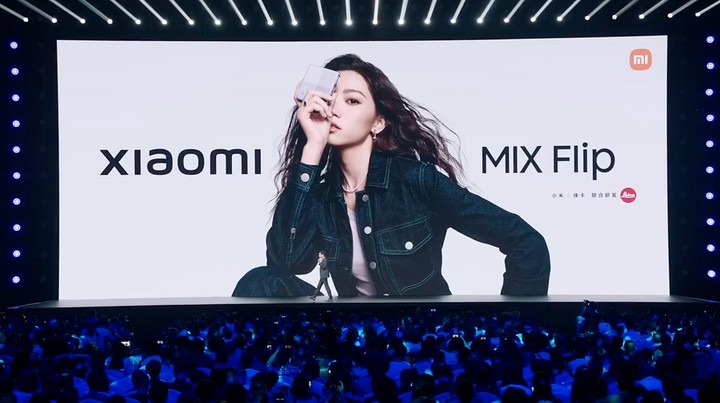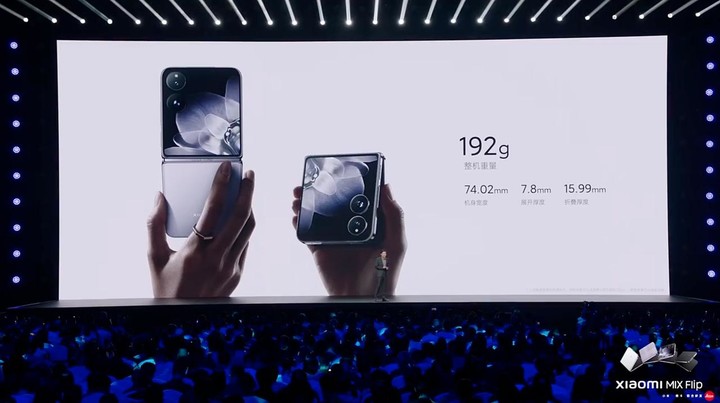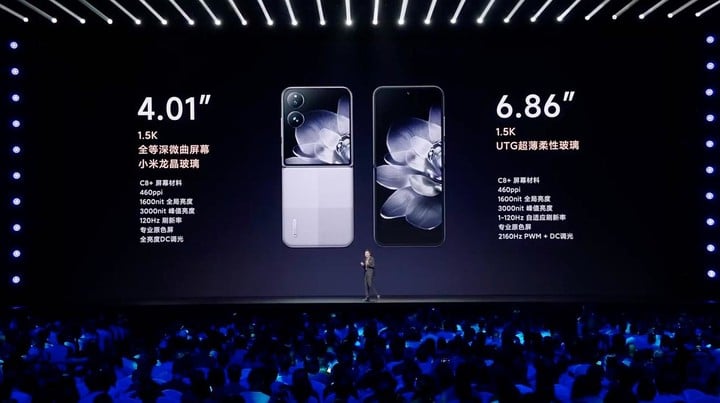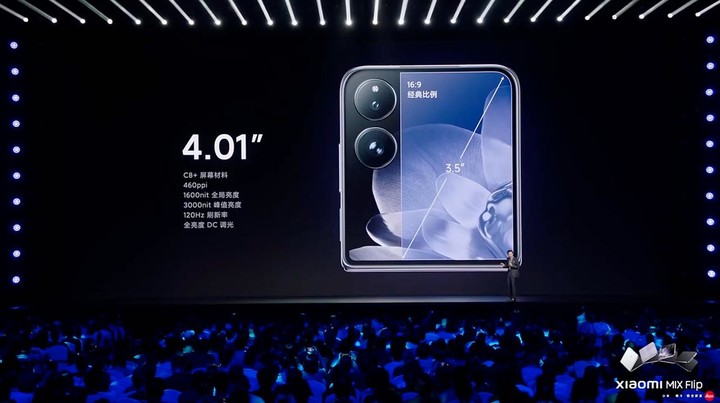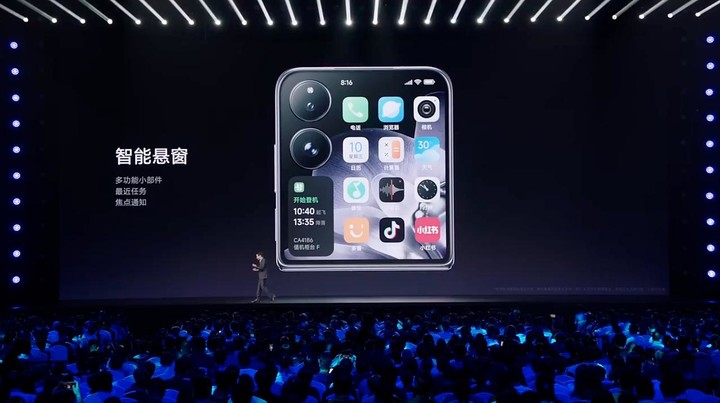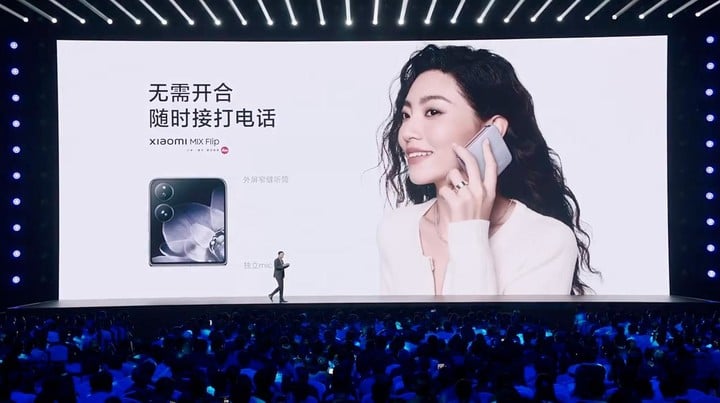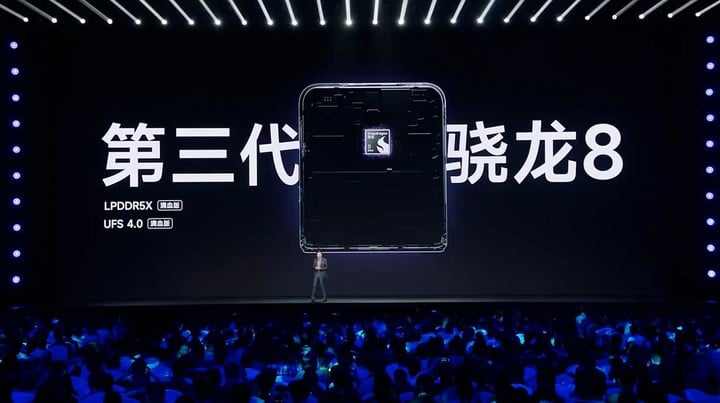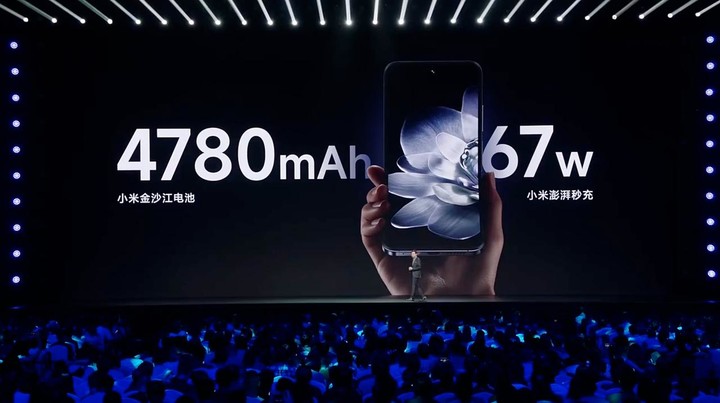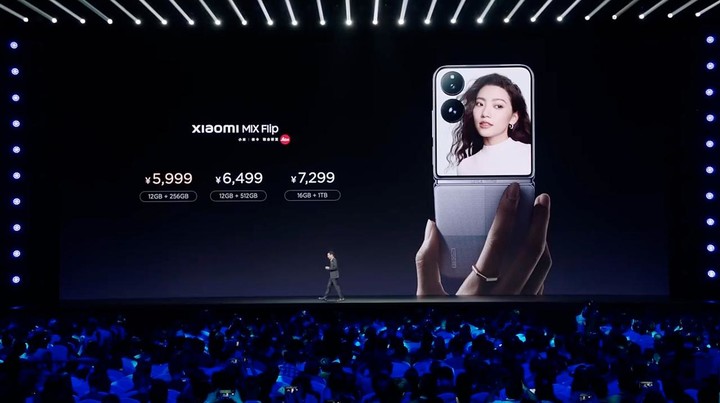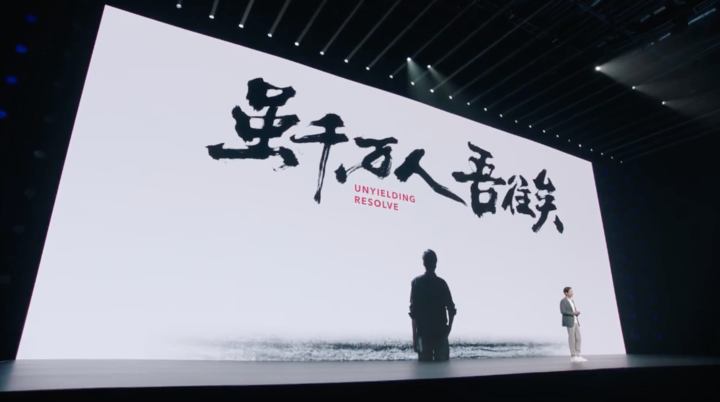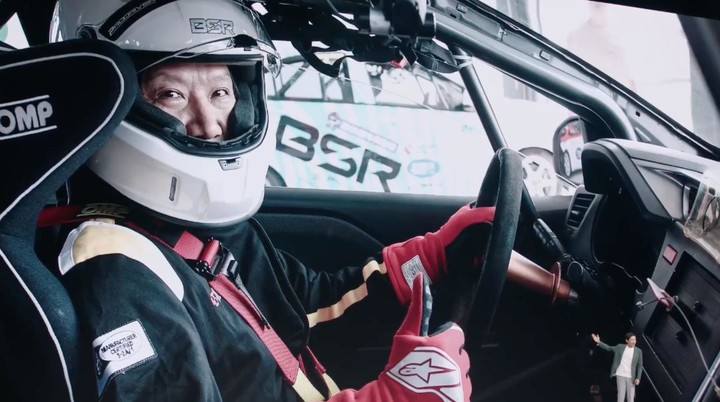People’s Daily Online, Beijing, June 19 (Xinhua) For some time, rumors about "milk causing cancer" have been circulating in Weibo, post bars and forums. After searching, it was found that the rumor has been refuted several times and the same tune has been repeated.
Internet rumors say, "After cows are injected with growth hormone, there will be a growth hormone called IGF-I in milk, which will lead to cancers such as breast cancer" and "Casein in milk will lead to breast cancer and accelerate the spread of cancer cells" …… Will the milk people drink every day cause cancer?
In fact, in the report on "Carcinogenesis of Milk" in the column of "Verification" of People’s Daily in 2012, the full name of IGF-1 is insulin-like growth factor No.1, which plays an important role in blood sugar control, growth and development, etc. It is a protein polypeptide, and it will not have adverse effects on health under the general drinking conditions. Casein is widely distributed in natural milk, and experiments and studies show that milk has nothing to do with breast cancer. (Reporter Xiao Jinbo)

Drinking milk won’t cause cancer (proving and exploring the truth behind the noise)
People’s Daily August 15th, 2012 4th Edition
Is IGF-1 in milk a carcinogen?
[Response] The content of milk is far less than the amount produced by the human body itself, and there is no authoritative argument that it is carcinogenic.
According to the net article, "IGF-1 in milk can stimulate the active growth and reproduction of cancer cells, leading to prostate cancer and breast cancer".
What is IGF-1? Professor Yang Yuexin, vice chairman of China Nutrition Society and deputy director of National Dairy Standards Committee, told the reporter that the full name of IGF-1 is insulin-like growth factor No.1, which plays an important role in blood sugar control, growth and development, and is a protein polypeptide.
A spokesman for the Food and Health Bureau of the Hong Kong SAR Government said that IGF-1 is a hormone-like protein secreted by organisms themselves, which is widely found in various tissues and fluids, including human breast milk. In general, IGF-1 in milk will not have adverse effects on health.
The reporter saw in official website of the US Food and Drug Administration that the latest review report of the agency responded: So far, there is no evidence that IGF-1 is a carcinogenic factor. The human body itself contains IGF-1, and the daily production of an adult is 10 million nanograms. According to the determination, the content of IGF-1 in human milk is 13 to 40 ng/ml, and the content of IGF-1 in milk samples on the market is about 2.45 ng/ml. The conclusion of the Joint Expert Committee on Food Additives of the World Health Organization and the Food and Agriculture Organization of the United Nations is basically the same.
Fan Zhihong, an associate professor in the College of Food Science of China Agricultural University, told the reporter that in many studies, the intake of dairy products in the lowest group was below 240 grams per day (calculated by milk), and the intake of dairy products in the highest group was over 700 grams per day. From the research data, the intake of dairy products equivalent to 240 grams of milk per day would not significantly increase or decrease the risk of cancer.
Yu Haihu, a professor at the Department of Applied Biology and Chemical Sciences of the Hong Kong Polytechnic University, said that people who drink milk every day have a slightly higher serum IGF-1 content than normal people. However, regarding whether IGF-1 directly causes cancer, Yu Haihu said that there is no consensus in academic circles and there is no authoritative argument to prove that IGF-1 is a harmful substance.
A survey of 184 countries and regions by the World Health Organization shows that the incidence of prostate cancer and breast cancer in Mongolia with developed animal husbandry is 2.4/100,000 and 8/100,000, which is one of the countries with the lowest incidence.
In 2009, the World Cancer Research Foundation and the American Cancer Institute summarized the research in the past 10 years and released the most authoritative information in the field of food, nutrition and cancer prevention. The report was completed by 23 authoritative experts from different countries after reviewing the scientific research all over the world. The report believes that there is sufficient evidence that milk reduces colon cancer; Reduce the lack of evidence of bladder cancer; There is limited evidence that cheese can promote colon cancer; There is insufficient evidence that cream and lung cancer increase; There is insufficient evidence that milk and dairy products increase the risk of prostate cancer.
Can casein cause breast cancer?
[Response] Casein is widely distributed in natural milk. Experiments and studies show that milk has nothing to do with breast cancer.
There is a net saying that casein in milk can lead to breast cancer and accelerate the spread of cancer cells.
According to reports, casein is widely distributed in natural milk. Protein in milk is mainly composed of casein and whey protein. Casein accounts for more than 80%. Casein has a large molecular weight and is a carrier carrying minerals. For example, casein phosphopeptide is its hydrolysate, which can promote the absorption and utilization of minerals such as calcium. 100 grams of milk contains about 3 grams of protein, and a catty of milk contains about 15 grams. However, in China, the average intake of protein from three meals a day is 70 grams, and casein accounts for only a small part of it.
The netizen said that "casein causes cancer" is based on a "rat experiment" by Professor Colin Campbell of Cornell University in the United States. Rats were given the carcinogen aflatoxin and fed with soy protein or casein respectively. The results showed that casein was relatively easier to promote cancer induced by aflatoxin.
Academician Chen Junshi, Chairman of the National Expert Committee on Food Safety Risk Assessment, said that some media reports did not completely present the above animal experiments and did not mention aflatoxin as a carcinogen at all. Chen Junshi pointed out: "If there is no carcinogen, neither casein nor soybean protein will cause cancer in rats."
Yang Yuexin said that aflatoxin is a carcinogen, and this experiment can’t lead to the conclusion that casein can cause cancer.
Fan Zhihong believes that in the experiment, the amount of casein is very large, and it is far from possible to reach this amount by drinking milk every day, so this animal experiment cannot be used to analogize the cancer-promoting effect of milk.
According to experts, even the American Association for Cancer Research, where Colin Campbell was a consultant, did not agree with the view that "milk causes cancer". In their summary of scientific evidence on the relationship between food and cancer, red meat, alcoholic drinks and sugary drinks were regarded as "there is some evidence to increase the risk of cancer", but milk or dairy products were not mentioned.
According to reports, from 1993 to 2008, 12 international studies on the relationship between milk and dairy products and human cancer were published, covering Britain, the United States, France, the Netherlands, Canada and other countries. The maximum number of people followed up was more than 300,000, and the longest follow-up time was 65 years (see attached figure for some studies). Yang Yuexin said, "Through these studies, it can be concluded that the intake of milk and dairy products has nothing to do with breast cancer."
In fact, in December 2006, Campbell told People’s Daily Life Times in the United States that his research "does not mean that dairy products can cause cancer". Even casein, Campbell doesn’t think it will cause cancer.
Recently, I saw a piece of news on the Internet that is not new: scientists have finally found conclusive evidence that milk causes cancer. A recent study by the National Cancer Institute found that estrogen, androgen and insulin growth factors are the main carcinogens in milk. Canadian oncologists suggest that most people don’t need to drink too much milk except children and malnourished adults in developing countries.




